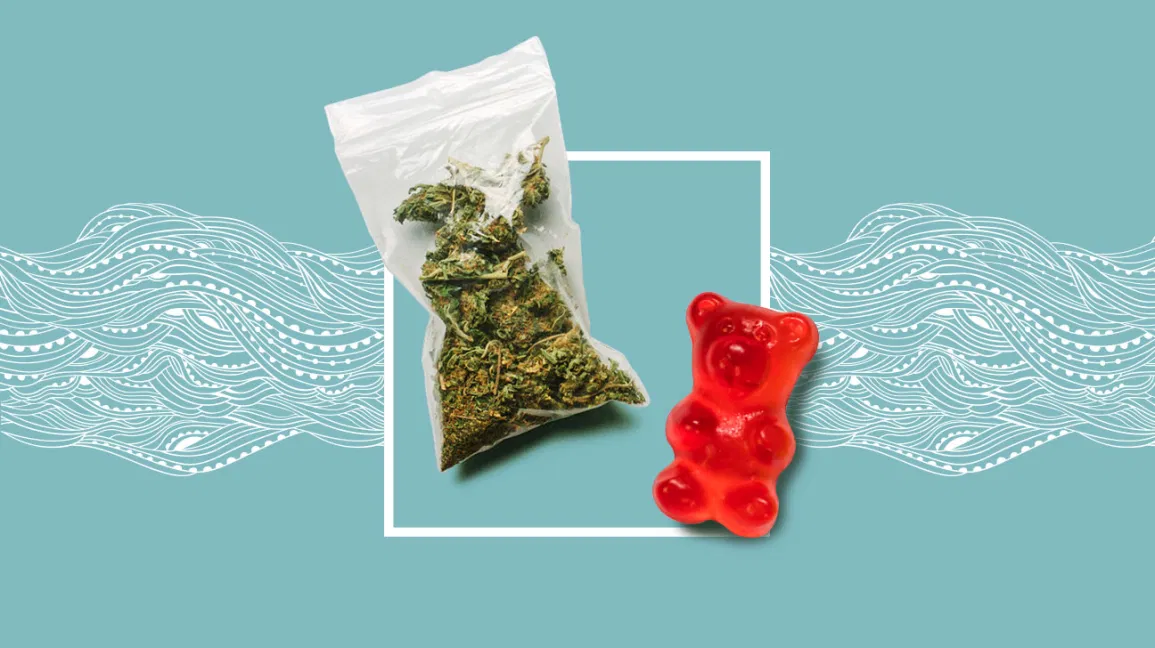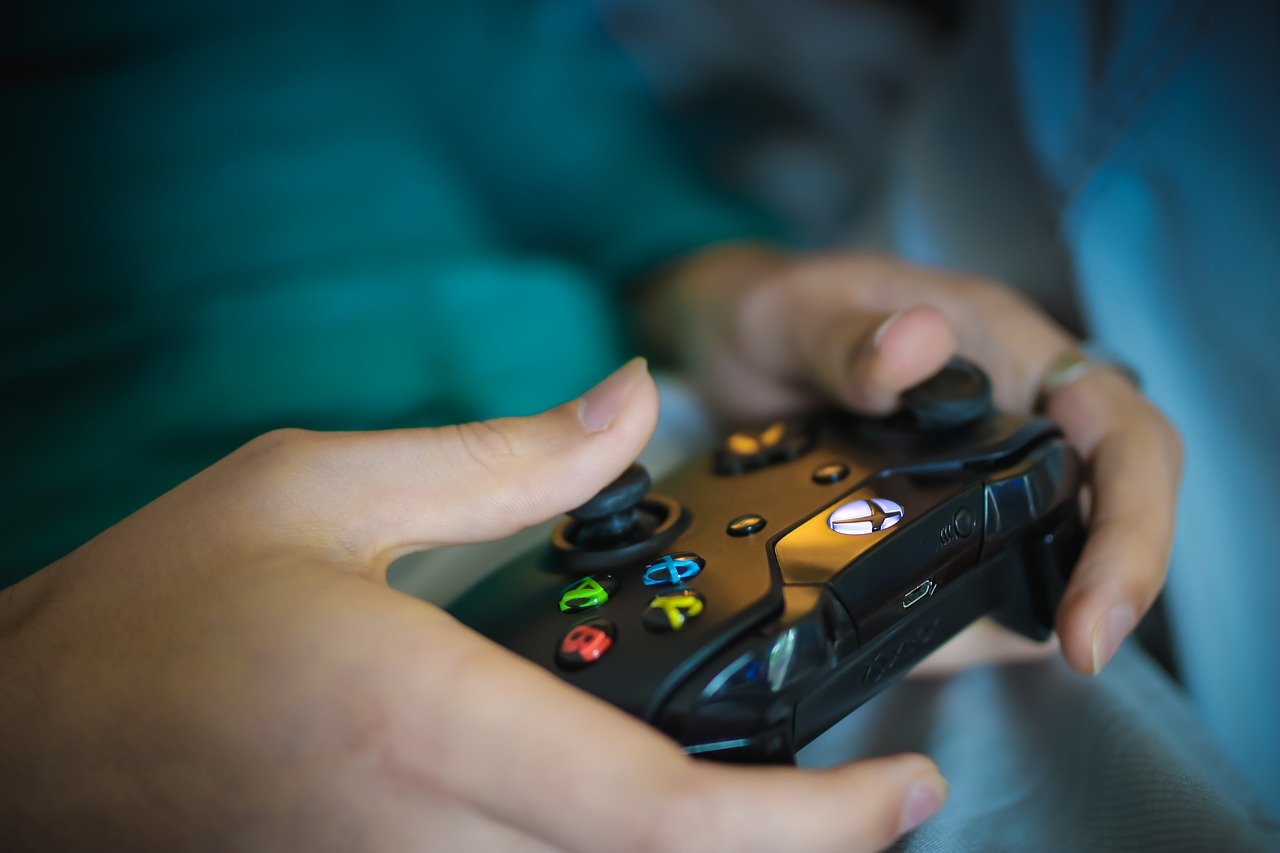Swimming promotes physical and mental health at the same time. So it is not surprising that many people also want to swim in their own pool in the garden.
As our pool statistics show, the industry is growing and growing. It doesn’t seem like this trend is reversing anytime soon.
However, diy pond pump maintaining a private swimming pool can be a time-consuming and tedious task. For example, if you have children, it’s important to follow certain safety measures.
In this article you will find more information about the risks of swimming pools, but also some amusing facts that are not known to most people.
Let’s dive in!
How many pools are there in Germany?
There are an estimated 1,637,500 pools in Germany.
Of this, 60% (982,500) is private pool, 30% (491,250) private sunken pools, 9% (147,375) private indoor pools and 1% (16,375) are public outdoor and indoor pools
More Pool Statistics
There are significantly more publicly available statistics about pools in the USA than about pools in Germany. Many of the American statistics can probably also be applied to Germany. We have supplemented this with known information about pools in Germany.
1. Swimming is the fifth most popular activity in the US.
From 2009 to 2015, the U.S. Bureau of Labor Statistics studied how many Americans exercise and what types of activities they engage in. So let’s take a look at how popular swimming is before we look at the most recent data on the swimming pool.
According to the results, about 18% of adults aged 15 and over exercise on a given day. Walking was the most popular activity with around 30%. In addition to walking, weightlifting and cardiovascular equipment were among the three most popular sports activities. Swimming was in fifth place along with surfing and water skiing. More than 7 percent of respondents chose one of these sports.
2. 17.12% of Americans between the ages of 18 and 29 own a hot tub, pool, or spa.
According to statistics, pool owners are usually in their twenties and thirties. This age group has the most pools, spas, and hot tubs. Of the 30- to 49-year-olds, 16.19% owned a pool, of the 50- to 64-year-olds 12.97% (2015).
3. Swimming is the most popular pastime of children and teens in the United States.
According to swimming pool statistics, 36% of children and adolescents aged 7 to 17 swim at least six times a year, while only 15% of adults do the same.
5. California and Florida have the most underground swimming pools in the United States.
There are about 5 million ground swimming pools in the United States. About 40% of them are located in Florida or California, according to the statistics.
Statistics of the swimming pool industry
How big is the swimming pool industry and how much do people spend on their swimming pools? Find out the answers to these questions and more!
6. The annual turnover of the swimming pool industry is $1.1 billion.
In the United States, swimming statistics show that this market is expanding. More specifically, the average annual growth rate between 2015 and 2020 is 1.6%.
7. People who buy a pool pay particular attention to the price.
According to statistics from the USA, 46% of customers are mainly concerned about the costs when they think about installing a pool in the garden.
For 16% of consumers, appearance is the most important aspect. In second place are hydrotherapy functions (7%) and LED lighting (7%).
8. On average, an underground swimming pool is about 3.5 times more expensive than an above-ground swimming pool.
The average cost of a sunken pool is €19,756, while an above-ground pool costs €5,627 (with a diameter of about 6 metres).
9. About 41% of customers spend $5,000 to $7,000 on their new hot tub.
According to Swimming Pool Statistics in the United States, about 21% of customers spend $4,000 to $5,000 on a hot tub, while 10% choose products that cost $3,000 to $4,000. In 2016, about two-thirds of portable hot tub retailers reported an increase in sales.
10. On average, you need €78 per month for pool chemicals, according to pool owners’ statistics.
Pool chemicals are important to keep your pool clean and safe. According to statistics, Americans spend around $1 million an hour on building, maintaining, and cleaning pools. Given this information, the proportion of households with pools seems to be growing.
11. The average cost of a solar pool heater ranges from $3,000 to $4,000.
With a solar pool heater, you can save a lot of money. The typical payback period is 1.5 to 7 years, depending on local fuel costs. Gas pool heaters, on the other hand, do not last as long as solar pool heaters, which is another advantage of this renewable energy source.
Health Benefits and Risks
In this chapter, we will look at the many benefits and dangers of swimming pools.
12. Hydrotherapy is the most effective activity in rheumatoid arthritis.
Swimming pools can help with a variety of health problems. Exercise in the water is beneficial not only for people with rheumatoid arthritis, but also for those living with osteoarthritis. It relieves the discomfort and helps to improve joint function.
13. Exercise in the water has a positive effect on the health of pregnant women.
It also improves the health of their unborn children, so the interesting facts about the swimming pool. Also, research has shown that swimming and exercise in the water are very beneficial for people with fibromyalgia, as they can reduce anxiety and depression.
14. Free chlorine can kill coli bacteria in less than a minute.
When it comes to safety in the swimming pool, you should remember that some germs, especially viruses and parasites, are resistant to chlorine. It takes about 16 minutes for the chlorine to eliminate hepatitis A, and 45 minutes for giardia. Cryptosporidiosis is probably the most resistant of all, with a survival time of up to 10 days.
15. Over 12% of American swimming pools were closed in 2008 after a routine check.
They were closed for serious violations of the regulations that endangered the health and safety of the public. In addition, these routine pool inspections found that 10.7 percent of the pools were not sufficiently disinfected.
Statistics of swimming pool accidents
Here we look at the statistics on accidents, drownings and deaths in swimming pools.
In 2008, about 4,600 Americans visited an emergency room due to injuries related to swimming pool chemicals.
More than half of the children treated in the hospital had poisoning, dermatitis or conjunctivitis. Over 50% of the injuries were in private pools.
17. In the U.S., most unintentional deaths in children aged 1-4 years are caused by drowning.
5- to 9-year-olds are also prone to drowning, as it is the second leading cause of unintended deaths in this age group in the United States.
According to these alarming statistics, more than 60% of fatal bathing accidents in children (4 years or younger) drown in swimming pools. The bottom line is that we should never leave children alone near the water.
18. Every hour, 42 people drown in the world.
Drowning is the leading cause of death worldwide, accounting for about 37% of all deaths. According to data on deaths in swimming pools, about 372,000 people lose their lives to drowning each year.
19. In the U.S., about 82% of drowning cases occur in children in domestic pools.
Although these numbers about swimming pool injuries are troubling, the good news is that most of them can be avoided.
Four-sided fences, for example, are a very successful means of preventing the death of children by drowning. They can even help reduce the number of drowning accidents among children by 75%. It is important that your pool is safe for children.
20. In the U.S., there are about 390 deaths each year in spas or swimming pools.
The number of deaths caused each year by drowning or accidents in the swimming pool is shocking, especially when it comes to the deaths of children.
Interesting facts about swimming pools
Here we will uncover some fun facts about swimming pools.
21. The oldest known pool dates back to the third millennium BC.
The Great Bath in Mohenjo-Daro, Pakistan, is the oldest swimming pool in the world. It is made of bricks covered with bitumen and stands in the old Indus Valley. This ancient pelvis measures 38.9 by 23 feet and is 7.9 feet deep.
22. In Australia, Queensland has the highest proportion of houses with swimming pools.
According to Australian swimming pool statistics, about 20% of Queenslanders have a pool. In Tasmania, on the other hand, only 3% of houses have such a facility.
23. About 17% of people urinate while swimming in the pool.
The truly amazing (and disgusting) thing is that this estimate includes people of all ages. In addition, 35% of people do not wash themselves before getting into the pool.
24. The largest swimming pool in the world is the Citystars Lagoon in Sharm el-Sheikh, Egypt.
One of the fascinating aspects about swimming pools is that this stunning artificial lagoon is 23.83 acres in size and is maintained with salt water from underground wells in the desert.
The previous record holder was a swimming pool in Algarrobo, Chile. At san Alfonso del Mar Resort, guests can swim in a 19.77-acre pool that contains around 66 million liters of water and is located right on the coast.
Unfortunately, you can’t swim in this pool! At least 26% of travelers are dissatisfied when they think a swimming pool is necessary for their vacation rental, according to global pool statistics.
25. An Olympic-sized pool is 50 meters long and 25 meters wide.
Olympic swimming pools are about 2 meters deep, best garden hose which equates to about 660,000 gallons of water. The water in an Olympic-sized pool is enough for 8250 bathtubs, compared to a regular bathtub that contains about 80 gallons of water.
Result
A pool is a great way to relax after a long day, whether you prefer to swim your laps or relax in a hot tub. So if you’re thinking of buying your own piece of luxury, these swimming pool dates from 2022 may help you make your decision.











Leave a Reply